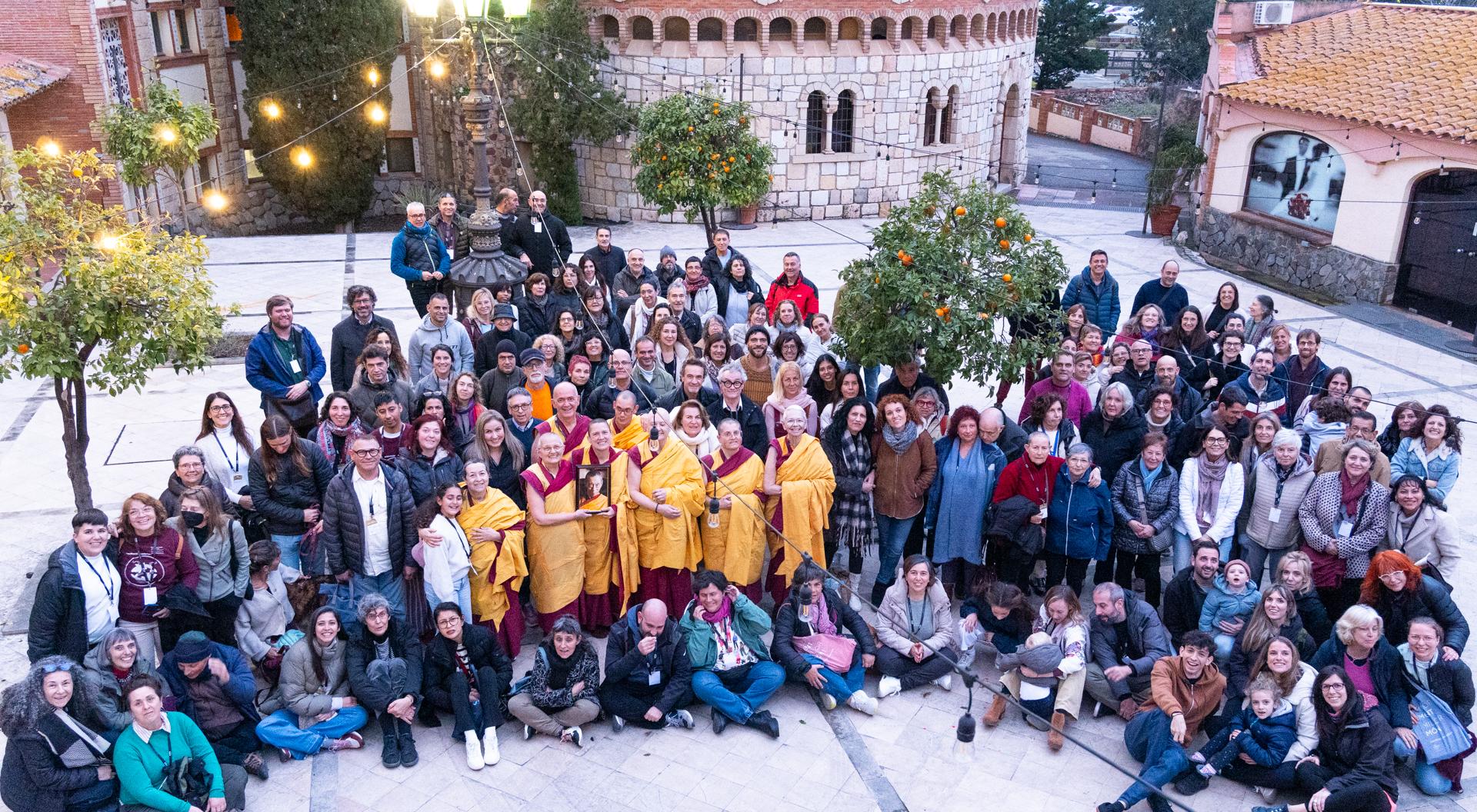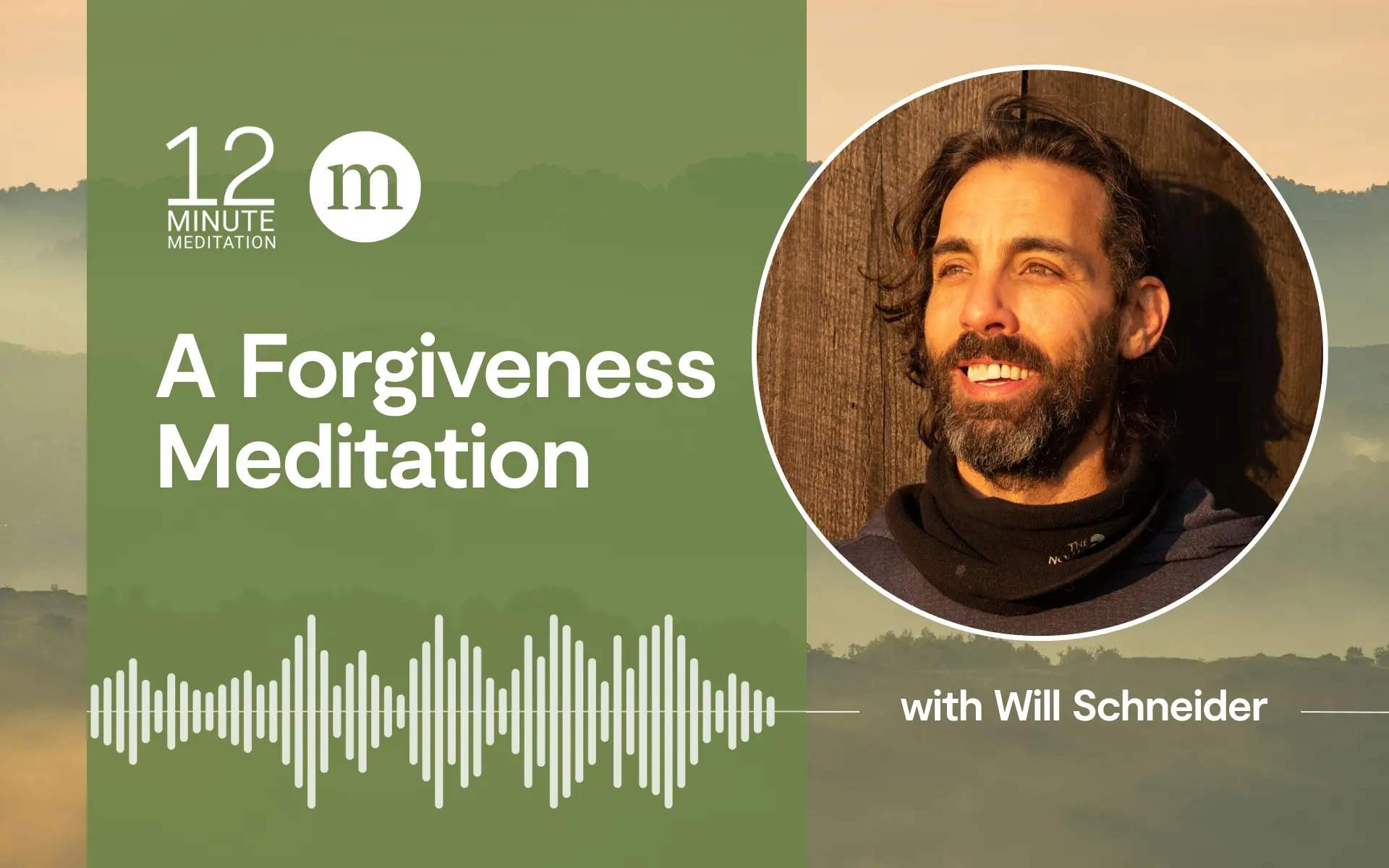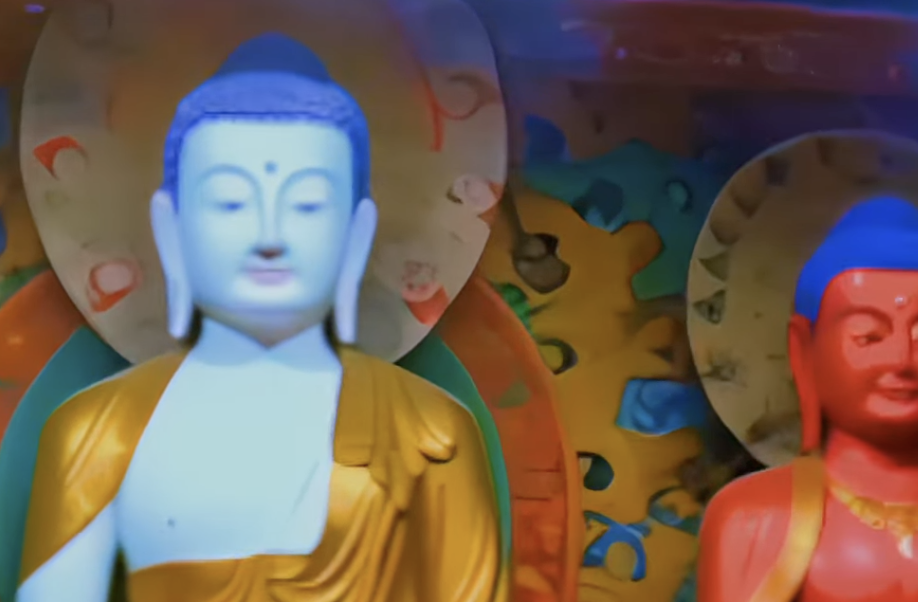What Does Stream-Entry Mean?
A closer look at the first irreversible step on the path to enlightenment The post What Does Stream-Entry Mean? appeared first on Tricycle: The Buddhist Review.

Stream-entry is one of the most fascinating and hopeful milestones described in early Buddhist texts. It marks the first significant and irreversible step toward liberation, the first of the four fruits of enlightenment. Pursuing the path further, we may hope eventually to become a “once-returner,” a “nonreturner,” and finally a fully enlightened arahant. But let’s embrace prudent modesty and stick with the first step for now. What exactly does stream-entry mean, and is it within reach for contemporary lay practitioners?
Traditionally, a stream-enterer (Pali: sotapanna; Skt.: strotapanna) is someone who has overcome three of the lower fetters: identity view, doubt about the path, and clinging to rites and rituals. These are not arbitrary flaws but indicators of a shift toward right view, the first step on the eightfold path.
Identity view refers to the belief in a permanent, unchanging soul or self at the core of who we really are. Seeing through this fetter means understanding, at least conceptually, that no such fixed self exists. This does not eliminate all forms of self-centeredness—conceit, I-making, and mine-making persist until enlightenment—but it marks a fundamental reorientation of the mind.
Doubt about the path involves uncertainty or confusion about the effectiveness of Buddhist practice. The tradition holds that this falls away with even a glimpse of nibbana, which confirms that the goal of practice is attainable. One thus gains “right view” of the path and its goal, although one still has work to do in completing the journey.
Clinging to rites and rituals means believing that certain rituals or simply maintaining purity in one’s ethical behavior are sufficient for enlightenment. Giving up this fetter is part of having gained the “right view” already mentioned. Having seen the goal for ourselves, we understand directly that whatever else may be involved, it’s not simply a matter of form. Something deeper is required.
Overcoming these fetters marks a transformative insight into the nature of reality. Our understanding is cognitively reframed from wrong to right view through direct comprehension of the path and its ultimate goal. Stream-entry is considered irreversible. Someone who attains it is guaranteed rebirth as a human or god and full enlightenment within a maximum of seven lifetimes. Psychologically, it involves a shift in our mental habits, arising from letting go of belief in a permanent, unchanging self and gaining a confirmed confidence in a path rooted in insight and ethical conduct.
We now have a picture of the traditional conception of stream-entry, but was this understanding present from the beginning, or did it develop over time? In a 1995 paper for the Journal of the Pali Text Society, Joy Manné examined suttas from the Pali canon to explore this key question.
The suttas offer a range of definitions and formulations of stream-entry, many of which don’t align neatly with the traditional understanding. In one sutta, for example, the chamberlains Isidatta and Purana visit the Buddha, who tells them:
A noble disciple who has four things is a stream-enterer. . . . What four? It’s when a noble disciple has confirmed confidence in the Buddha . . . the Dharma . . . the Saṅgha . . . (and) dwells at home with a mind devoid of the stain of stinginess, freely generous, open-handed, delighting in relinquishment, one devoted to charity, delighting in giving and sharing.
Here, stream-entry is framed not in terms of insight into the three fetters but as confidence or faith in the triple gem and the cultivation of generosity.
Other suttas (e.g., AN 9.27, SN 55.53) substitute ethical living for generosity. In these cases, stream-entry is defined as confidence in the triple gem along with an “unbroken” observance of the five precepts. The Buddha goes on to say that such ethical living enables the development of samadhi, but these texts don’t further elaborate on what samadhi entails or whether specific insights must arise from it. Indeed, it appears that in all these formulations, the most crucial aspect of stream-entry is confidence in the Buddha, the dharma, and the sangha. As the Buddha says elsewhere, “Mendicants, all those who have experiential confidence in me have entered the stream.”
Taken together, these definitions resemble what might be called the hallmark of a “Buddhist convert”: someone who supports the community through generosity and lives by the five ethical precepts. Manné concludes:
What is the origin of the stage of sotapanna? The answer is that it was originally the stage, or perhaps more accurately the state of convert. The sotapanna was originally no more and no less than someone who had converted to Buddhism. Converting means having faith, conforming to a certain belief system, and following a minimum number of rules of morality (sila). The sotapanna does all of these things.
She also points to the Mahagovinda Sutta, in which the Buddha discusses the spiritual attainments of his disciples, implying that all of them have at least attained the stage of stream-entry. Manné suggests that “merely becoming a disciple is enough to be rewarded with the stage of sotapanna. This suggests that this sutta has its origins at a time when the term sotapanna meant simply ‘convert.’” While some formulations include the attainment of samadhi, this is not defined in terms of insight, and no specific insights are said to result from it.
According to Manné, stream-entry later came to refer more explicitly to deep meditative insight, especially a direct though fleeting glimpse of nibbana that eliminates doubt about the path. This shift in emphasis reflects a broader trend in Buddhist history toward systematizing progress and defining attainments. Manné warns against what she calls the “spiritual materialism” of this trend: “In a religion that preaches detachment, the spiritual materialism demonstrated by excessive attachment to measurable, quantifiable attainments is inappropriate.”
While the concept of stream-entry has developed over time, it remains highly relevant, especially for lay practitioners. In the early texts, householders regularly attained stream-entry. Complete renunciation was not required. Qualities such as confidence in the path, generosity, and ethical conduct were enough to open the door.
Even when we consider stream-entry through the lens of the three fetters, there are ways to orient lay practice toward this threshold. Regarding identity view, we can reflect on impermanence in our own lives. How have our bodies, minds, opinions, and preferences changed over time? Does anything truly endure, or is our experience better described as a stream of causally connected memories? We might also consider our interconnectedness with the world around us: the way our body takes in food and liquid and excretes what it no longer needs. How others shape our mental life, and how we, in turn, influence those around us. Such reflections help loosen the grip of a fixed, immutable, and separate self.
In working with doubt, we can pay close attention to the effect of practice. As insight and ethical commitment deepen, confidence grows. We may eventually reach a point where our confidence in the dharma becomes so settled that there is no turning back.
Regarding the tendency to cling to rites and rituals, we can examine the motivations behind our behaviors. Do we approach practice as a means of enlightenment, or as a way of securing purity, control, or identity? Over time, we may come to recognize that rigid attachment to form and doctrine often stems from a deep-seated craving for certainty and clinging to views and a sense of self.
Each of the three fetters, then, points to a clinging that can be loosened—even within lay life. While the traditional formulation includes doctrinal insights, the path toward stream-entry can begin with grounded, reflective practice: observing change, cultivating confidence, and letting go of attachment to forms that no longer serve the path to enlightenment.
As Manné points out, one key pitfall of stream-entry, as with all measurable, quantifiable attainments, is what Chögyam Trungpa called “spiritual materialism.” We may begin to chase attainments not to let go of self but instead to bolster our ego, much like we might pursue wealth and power. This tendency is especially problematic in a tradition that emphasizes nonattachment.
For some, stream-entry can become a measure of personal worth. We compare ourselves to others, speculate about who has “attained” what, and even argue over who qualifies. Conceit takes hold in subtle ways: “You aren’t really a stream-enterer, but I am, because . . .”
The real value of these milestones lies in their ability to guide us toward greater freedom in our own lives, as well as toward greater kindness and compassion for others.
This is how attainments can become traps. Instead of leading to freedom from our suffering, they feed craving and comparison. In such cases, the attainment—whether real or imagined—serves the ego rather than freedom.
The real value of these milestones lies in their ability to guide us toward greater freedom in our own lives, as well as toward greater kindness and compassion for others. To the extent that concepts like stream-entry help us toward those aims, they are useful. But when they become objects of fixation, they lose their value and risk becoming obstacles.
Stream-entry marks a profound shift in understanding—whether we frame it as insight into the nature of the self, confidence in the path, or a commitment to generosity and ethical living. It’s a reminder that even the earliest stages of the path can bring clarity, stability, and a quiet confidence that lasts.
The qualities associated with stream-entry—wisdom, generosity, harmlessness, and meditative concentration—aren’t only for buddhas and bodhisattvas. They’re available in ordinary life, and the path toward enlightenment begins here and now with just such daily practices. Stream-entry isn’t a title to hold or a threshold to obsess over. It points to a direction, a shift in how we see and respond to the world.
♦
This piece was adapted from a video which originally appeared on the Doug’s Dharma YouTube page, under the title “What Does It Mean to Be a Stream-Enterer in Early Buddhism?”.

 JaneWalter
JaneWalter 































